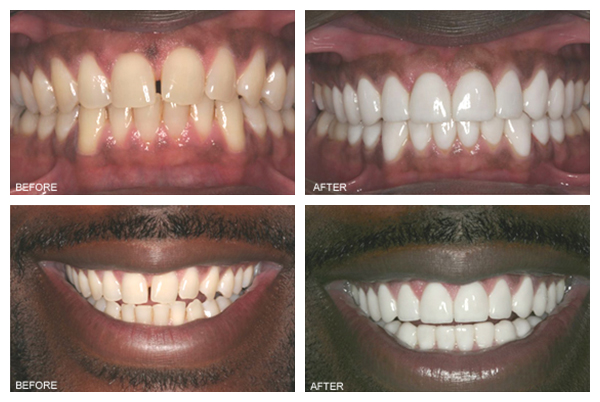Definition:
 Dry socket (alveolar osteitis) is a painful dental condition that can occur after you have a permanent adult tooth extracted. Dry socket is the most common complication following tooth extractions, such as the removal of impacted wisdom teeth. If you develop dry socket, the pain usually begins three to four days after your tooth is removed.
Dry socket (alveolar osteitis) is a painful dental condition that can occur after you have a permanent adult tooth extracted. Dry socket is the most common complication following tooth extractions, such as the removal of impacted wisdom teeth. If you develop dry socket, the pain usually begins three to four days after your tooth is removed.
Normally, a blood clot forms at the site of a tooth extraction. This blood clot serves as a protective layer over the underlying bone and nerve endings in the empty tooth socket. The clot also provides the foundation for the growth of new bone and for the development of soft tissue over the clot.
Dry socket occurs when the blood clot at the site of the tooth extraction has been dislodged or has dissolved before the wound has healed. Exposure of the underlying bone and nerves results in intense pain, not only in the socket but also along the nerves radiating to the side of your face.
Over-the-counter medications alone won't be enough to treat dry socket pain. Your dentist or oral surgeon can provide treatments to relieve your pain and promote healing.
 Symptoms:
Symptoms:
Signs and symptoms of dry socket may include:
- Severe pain within a few days after a tooth extraction
- Partial or total loss of the blood clot at the tooth extraction site, which you may notice as an empty-looking (dry) socket
- Visible bone in the socket
- Pain that radiates from the socket to your ear, eye, temple or neck on the same side of your face as the extraction
- Bad breath or a foul odor coming from your mouth
- Unpleasant taste in your mouth
- Swollen lymph nodes around your jaw or neck
- Slight fever
Causes:
The precise cause of dry socket remains the subject of study. Researchers suspect that several issues may be at play, including:
- Bacterial contamination of the socket
- Severe bone and tissue trauma at the surgical site due to a difficult extraction
- Very small fragments of roots or bone remaining in the wound after surgery
Risk factors:
Factors that can increase your risk of developing dry socket include:
- Smoking and tobacco use. Chemicals in cigarettes or other forms of tobacco may prevent or slow healing and contaminate the wound site. The act of sucking on a cigarette may physically dislodge the blood clot prematurely.
- Oral contraceptives. High estrogen levels from oral contraceptives may disrupt normal healing processes and increase the risk of dry socket.
- Improper at-home care. Proper at-home care after a tooth extraction helps promote healing and prevent damage to the wound. Failure to follow guidelines may increase the risk of dry socket.
- Having dry socket in the past. If you've had dry socket in the past, you're more likely to develop it after another extraction.
- Tooth or gum infection. Current or previous infections around the tooth to be extracted increase the risk of dry socket.
- Use of corticosteroids. These types of medications, such as prednisone, may increase your risk of dry socket.
Treatments and drugs:
Treatment of dry socket focuses on reducing symptoms, particularly pain. Dry socket treatment may include:
- Flushing out the socket. Your dentist or oral surgeon may flush the socket to remove any food particles or other debris that may contribute to pain or infection.
- Medicated dressings. Your dentist or oral surgeon may pack the socket with medicated dressings. This step provides relatively fast pain relief. You may need to have the dressings changed several times in the days after treatment starts. The severity of your pain and other symptoms will determine how often you need to return for dressing changes or other treatment.
- Pain medication. Talk to your doctor about which pain medications are best for your situation. You'll likely need a prescription pain medication.
- Self-care. You may be told how to flush the socket at home to promote healing and eliminate debris. To do this, you'll be given a plastic syringe with a curved tip to squirt water, salt water, or a prescription rinse into the socket. You'll be instructed to continue the rinse until the socket no longer collects any debris.
Once treatment is started, you may begin to feel some pain relief in just a few hours. Pain and other symptoms should continue to improve and will likely be gone within a few days.
Source: www.mayoclinic.org
Dry Socket
Unknown
Wednesday, September 7, 2016





